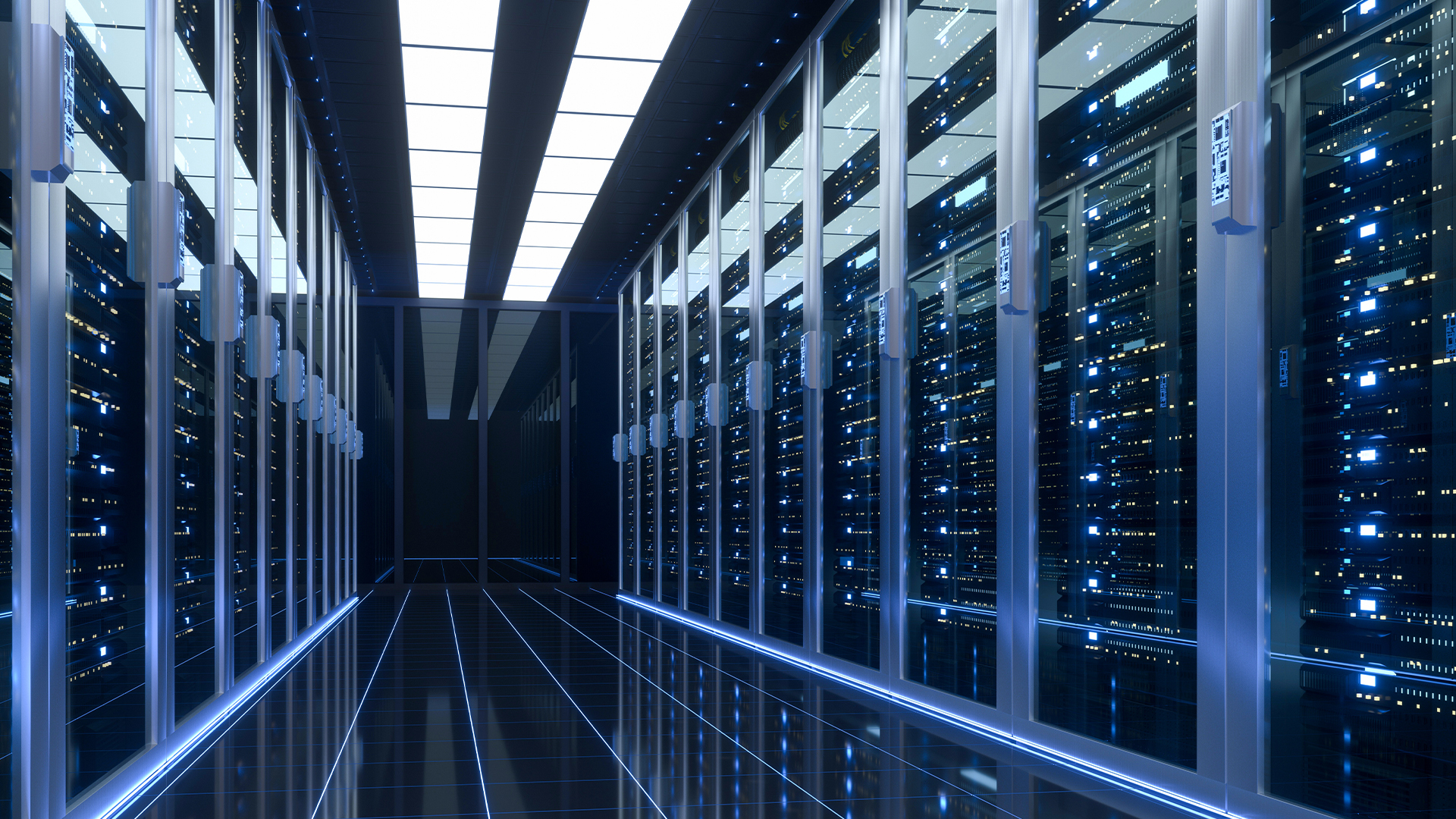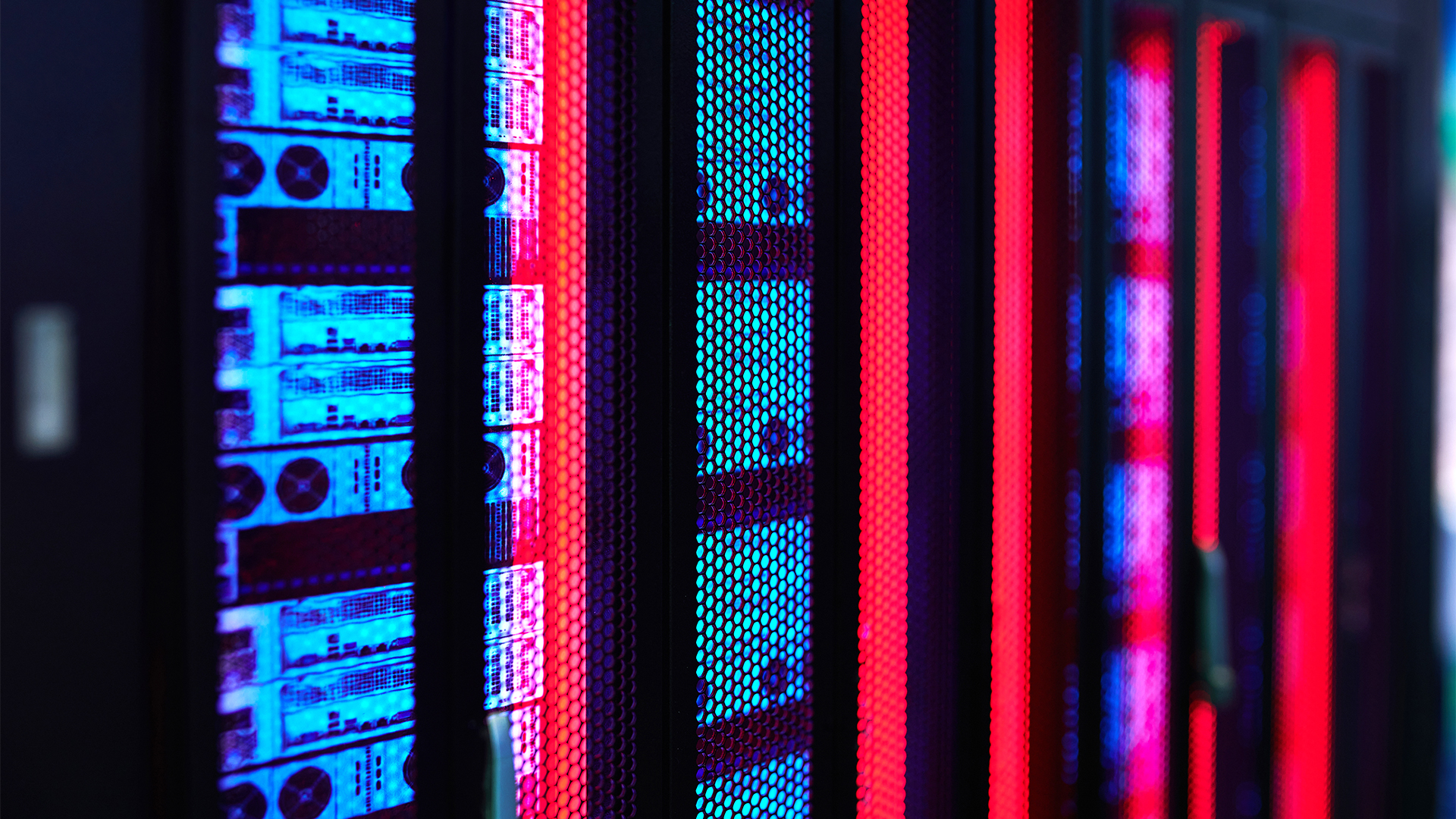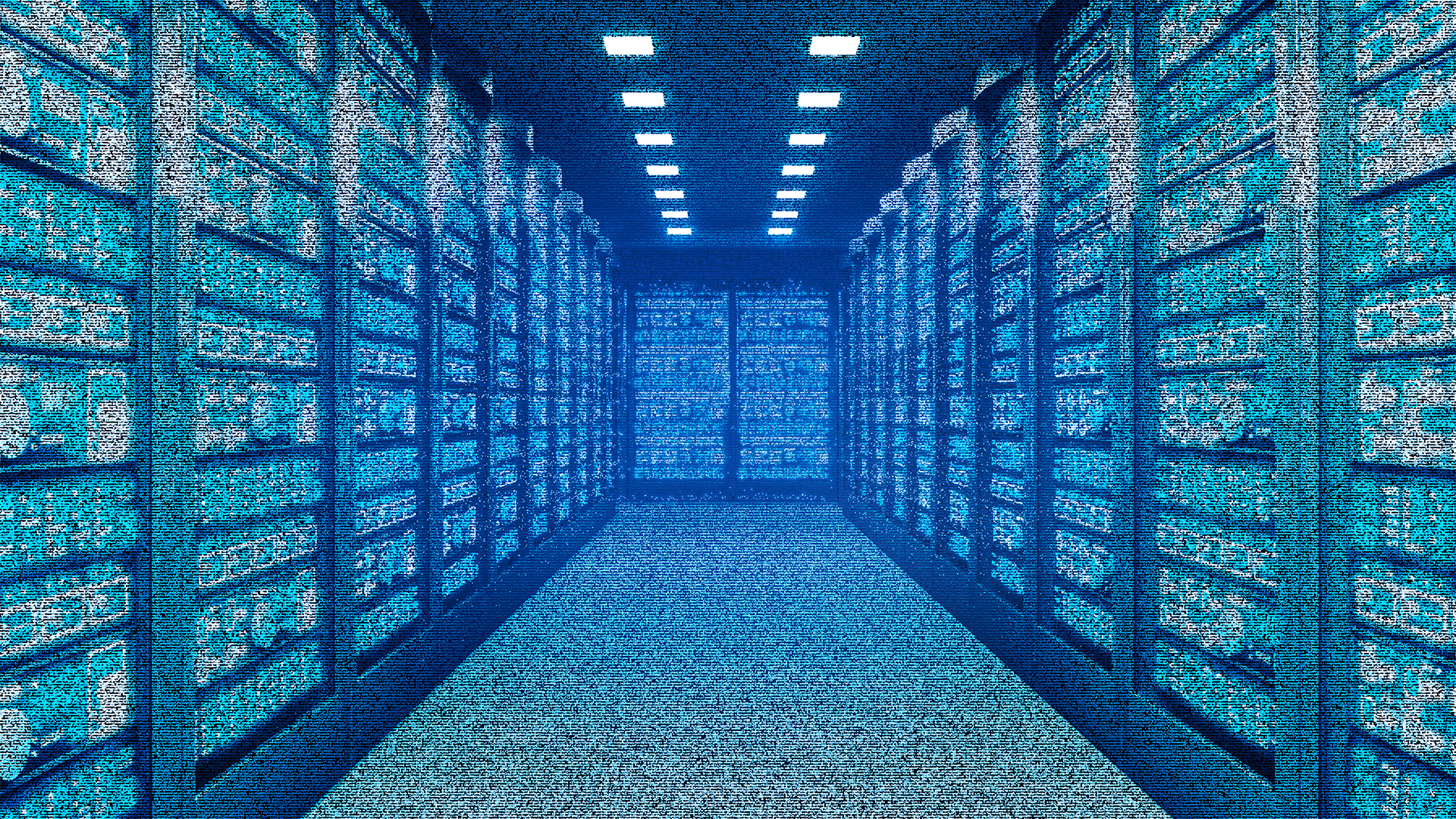“Significant concerns” raised over impact of data center growth on regional energy grids
Scenarios for AI energy consumption in the next decade show potential capacity issues


Researchers say they have “significant concerns” about the effect rapid growth in data center electricity demand is having on regional energy networks.
Schneider Electric has published an investigation into the possible future of AI’s electricity consumption over the next decade, using system dynamics modeling to forecast scenarios for AI electricity demand in the future.
‘The breadth of AI’s projected electricity demand encompasses a wide array of interconnected issues. These issues range from infrastructure challenges to supply chain disruptions and socio-economic concerns,” the report stated.
It added that while data center electricity use only accounts for 0.3% of worldwide electricity demand at the moment, rapid growth is anticipated globally.
For example, the International Energy Agency (IEA) projected electricity consumption associated with global data center demand to more than double between 2022 and 2026, peaking to over 1,000 TWh in 2026, which is equivalent to Japan’s national electricity consumption.
The report noted that effects of this explosion in demand will not be distributed evenly however, raising "significant concerns about regional grid stress and power capacity".
In the US, just 15 states are responsible for hosting 80% of the country’s data centers. In northern Virginia’s ‘Data Center Alley’, sites consume roughly 25% of the region’s electricity, which could rise to 50% in a high-growth scenario.
Get the ITPro daily newsletter
Sign up today and you will receive a free copy of our Future Focus 2025 report - the leading guidance on AI, cybersecurity and other IT challenges as per 700+ senior executives
It's a similar story in Ireland, where data centers could consume up to 32% of the nation’s electricity by 2026, according to another IEA study, which would exceed the combined energy consumption of all urban homes in 2023.
AI expansion may be limited due to both human and natural constraints
The report’s authors, Rémi Paccou, director of the sustainability research institute at Schneider Electric, and Professor Fons Wijnhoven, associate professor at the University of Twente, sketched out four potential scenarios of AI electricity consumption over the next decade.
In all but one of these scenarios, Paccou and Wijnhoven warn of inequality in terms of the distribution of AI inferencing capabilities as well as energy challenges.
The first scenario is one in which AI-driven advancements in energy efficiency and resource optimization result in substantial improvements in data center operations.
“A symbiotic cycle emerges between AI and the new energy system, where AI enhances system efficiency through renewable supply, demand-side electrification, and grid management, which in turn powers more sustainable AI development,” the report describes.
RELATED WHITEPAPER

The key findings of the analysis of this potential outcome were that generative AI inferencing will emerge as the dominant electricity consumer, but traditional AI will play a central role in decarbonization efforts.
Additionally, resource-conscious approaches to generative AI training will exhibit an intensified focus on using less energy-intensive models.
Scenario two describes a scenario where AI expansion is hindered by natural or encounter natural or human-linked constraints. These hindrances include power availability, data scarcity, material and mineral shortages, computational resources, as well as regulatory restrictions.
Paccou and Wijnhoven found that this scenario also implies potential regional disparities in their AI inferencing capabilities.
“Areas with more robust power infrastructure and cooler climates may have advantages in scaling their AI operations, potentially leading to geographical concentrations of AI inference capabilities.”
Uncoordinated AI governance could lead to localized energy crunches
The third scenario is one in which improvements in AI efficiency actually induce an increase in overall energy consumption as firms push for widescale AI implementation across all sectors.
The subsequent “unbounded growth” competes with natural constraints, and could exacerbate AI access inequality and e-waste issues by prioritizing performance over practicality.
Finally, the fourth scenario is labeled the ‘AI Energy Crisis’, in which rapid growth of AI leads to an "unforeseen energy crisis where the technology’s electricity demand begins to conflict with other critical sectors of the economy.”
“In this scenario, very high exogenous constraints are put on local grid capacities as the compound annual growth rate (CAGR) of data center energy consumption might reach staggering levels, potentially surpassing 25% in some regions,” the report stated.
In this scenario, uncoordinated AI governance is projected to lead to disunified regulation and localized blackouts in high demand areas.
The report added that piling additional resources into new areas like synthetic data and multimodal learning will likely intensify local energy crunches associated with AI training.
“The geographical implications of these trends could lead to a concentration of AI development in areas with access to both vast amounts of data and energy, potentially exacerbating local energy challenges in these regions.”

Solomon Klappholz is a former staff writer for ITPro and ChannelPro. He has experience writing about the technologies that facilitate industrial manufacturing, which led to him developing a particular interest in cybersecurity, IT regulation, industrial infrastructure applications, and machine learning.
-
 Why are many men in tech blind to the gender divide?
Why are many men in tech blind to the gender divide?In-depth From bias to better recognition, male allies in tech must challenge the status quo to advance gender equality
By Keri Allan
-
 BenQ PD3226G monitor review
BenQ PD3226G monitor reviewReviews This 32-inch monitor aims to provide the best of all possible worlds – 4K resolution, 144Hz refresh rate and pro-class color accuracy – and it mostly succeeds
By Sasha Muller
-
 AI will chew through the same amount of energy as Japan by 2030
AI will chew through the same amount of energy as Japan by 2030News The energy demand of AI data centers will top that of Japan by the end of the decade, new research shows – and that’s providing that energy grids can even keep up.
By Nicole Kobie
-
 Enterprises face delicate balancing act with data center sustainability goals
Enterprises face delicate balancing act with data center sustainability goalsNews High energy consumption, raw material requirements, and physical space constraints are holding back data center sustainability efforts, according to new research from Seagate.
By Emma Woollacott
-
 Tech giants called in to help tackle UK’s AI energy concerns
Tech giants called in to help tackle UK’s AI energy concernsNews The UK government is holding talks with Microsoft, ARM, Google, and Amazon in the first meeting of the new AI Energy Council.
By Emma Woollacott
-
 National Grid investment wing backs AI startups to boost energy efficiency
National Grid investment wing backs AI startups to boost energy efficiencyNews National Grid Partners, the venture capital and innovation arm of the UK utility firm, has unveiled plans to invest $100 million in AI startups in the energy field.
By Emma Woollacott
-
 Scientists say they can cut data center energy use by changing just a few lines of code
Scientists say they can cut data center energy use by changing just a few lines of codeNews Researchers at Canada's University of Waterloo have found a way to reduce data center energy use by making alterations to the Linux Kernel to improve network traffic processing.
By Emma Woollacott
-
 The Total Economic Impact™ of the Intel vPro® platform as an endpoint standard
The Total Economic Impact™ of the Intel vPro® platform as an endpoint standardwhitepaper Protection across AI attack vectors
By ITPro
-
 Testing the Value of Dell™ PowerEdge™ R750 Servers with Windows Server® 2022 Preinstalled
Testing the Value of Dell™ PowerEdge™ R750 Servers with Windows Server® 2022 Preinstalledwhitepaper Protection across AI attack vectors
By ITPro
-
 AI enablement and built-in security are must-have features on modern storage environments
AI enablement and built-in security are must-have features on modern storage environmentswhitepaper Modernize storage infrastructure to serve future application demands
By ITPro